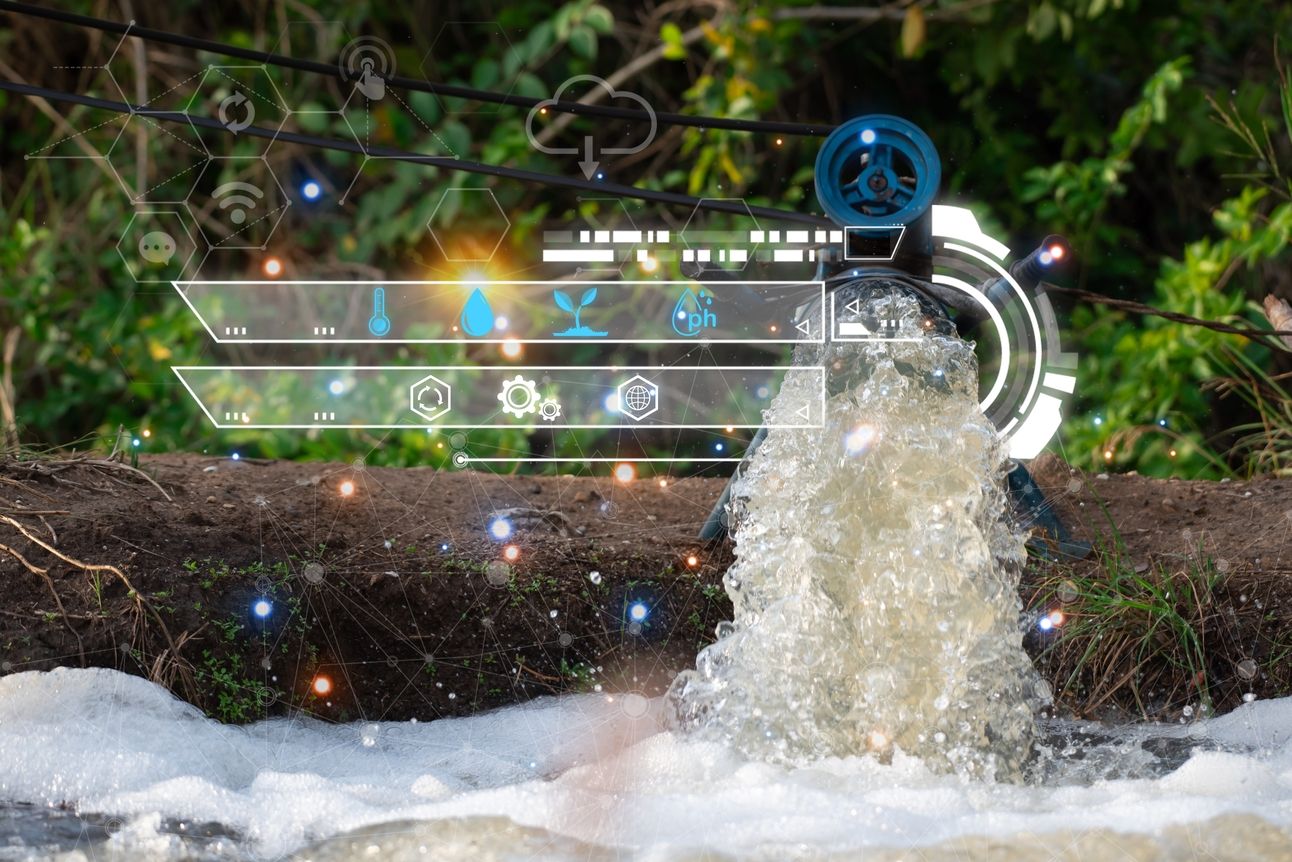
Water is our most precious resource, yet managing it efficiently has always posed significant challenges. From fluctuating weather patterns and population growth to ageing infrastructure and limited resources, water management demands innovative, scalable solutions. One of the most promising tools in this arena is Artificial Intelligence (AI). As we move further into 2025, AI is transforming how water utilities monitor, predict, and optimise systems to create more sustainable and resilient water networks.
The AI Advantage
AI, in the context of water management, refers to the use of machine learning algorithms and data analytics to interpret vast amounts of data—far beyond human capabilities—and make intelligent decisions. This technology can detect patterns, predict outcomes, and recommend actions in real-time. Whether it’s forecasting water demand, detecting leaks, or assessing water quality, AI has the potential to streamline operations and conserve resources.
The technology is already proving to be a game-changer. A 2024 report from the International Water Association highlights how AI has led to a 20–30% improvement in operational efficiency in utilities that have adopted it.
Case Study: South Korea’s Smart AI Water System
One standout example comes from South Korea, where authorities implemented an AI-powered water quality evaluation system in the Han River basin. This system leverages real-time data from numerous sensors across the river network, which is then analysed using machine learning algorithms. The AI is capable of predicting pollution risks, detecting anomalies, and issuing alerts before water quality breaches occur.
Before the system was in place, water pollution events often went unnoticed until they affected supply or the ecosystem. Now, the AI can flag potential threats such as chemical spills, microbial contamination, or sediment influxes—sometimes hours before they would have been spotted by human operators. This proactive approach has significantly reduced environmental damage and improved public health outcomes.
Predictive Maintenance and Leak Detection
One of the more immediate applications of AI is in predictive maintenance. Traditional methods of infrastructure inspection are labour-intensive and often reactive. AI systems can now analyse data from flow meters, pressure sensors, and other monitoring devices to predict equipment failures or identify leaks long before they become serious.
For example, Thames Water in the UK has been piloting an AI-driven leak detection project. The system analyses noise and vibration data from sensors on pipes, alongside historical weather and demand data, to pinpoint where leaks are likely to occur. This enables field crews to conduct targeted inspections, reducing unnecessary excavation and saving both time and money. Early trials showed a 25% increase in leak detection rates compared to traditional methods.

Smarter Demand Forecasting
Another key area where AI shines is in demand forecasting. Accurate predictions allow water utilities to adjust supply levels dynamically, reducing energy consumption and ensuring supply during peak demand.
In Spain, the city of Barcelona has integrated AI into its water distribution network. The system uses historical consumption data, weather forecasts, and real-time sensor inputs to predict daily demand patterns. As a result, Barcelona has managed to reduce its water loss by 15% and cut energy use associated with pumping and treatment.
Environmental and Climate Benefits
Water and energy are intrinsically linked. Reducing energy-intensive processes like pumping, desalination, or wastewater treatment contributes to lower carbon emissions. AI plays a critical role in achieving these reductions by optimising operations for maximum efficiency.
Moreover, in an era of climate uncertainty, AI systems offer the ability to simulate scenarios and prepare for extreme weather events, such as droughts or floods. AI-powered flood forecasting tools, for instance, can analyse rainfall patterns, river flows, and topographical data to issue early warnings and improve response times.
Challenges to Overcome
Despite the promise of AI, challenges remain. Data quality and availability are critical—without accurate, high-resolution input data, AI systems cannot function effectively. There are also concerns around cybersecurity, data privacy, and the need for skilled personnel to manage and interpret AI outputs.
Integration into legacy systems can be complex, particularly for smaller utilities with limited budgets. However, as the technology matures and becomes more accessible, the cost of implementation is expected to decrease.
Looking Ahead
AI is not a silver bullet, but it is undeniably one of the most powerful tools available for modern water management. By enabling more informed, data-driven decisions, AI helps utilities anticipate problems, reduce waste, and operate more sustainably.
As global water stress intensifies due to climate change and population growth, investing in intelligent systems will become not just advantageous—but essential. The success of early adopters like South Korea, Thames Water, and Barcelona serves as a blueprint for the wider industry.
Harnessing AI in water management is about more than technology—it’s about building a future where clean, reliable water is accessible to all. And in 2025, that future is no longer distant—it’s flowing into the present.




